Hello My Quilting Friends! Have you ever wondered how quilt shows work? How exactly do you win a ribbon? What are quilt show judges looking for? Learn more about this fun topic in this week's podcast:
Let's get a few things straight about show quilting first...
Let's begin with a disclaimer - I offer no guarantees on if these tips will work for you. The quilting world is constantly changing and what works now might not work in a few years.
This also depends heavily on your ability and technique, but life (and quilt shows) aren't fair and you can have a quilt win a ribbon, even the biggest Best in Show award and then go to another show and not win anything at all!
So please understand that this is a numbers game. The more quilts you create, the more quilts you enter into shows, the greater your chances are to win a ribbon, cash prizes, and awards.

But please don't lose sight of the purpose and point of participating in a quilt show: the journey of learning and challenge to make a fantastic, over-the-top quilt, the ability to share your art and your designs with the world, and the joy of seeing it displayed with hundreds of other quilts.
Winning ribbons, getting awards and cash is all icing on the cake. It's great icing, don't get me wrong, but it is not the main event.
Tips for Quilting for Show
#1 - Design every element of the quilt yourself and make it new - Quilt show judges have seen everything a million times before. By designing something fresh and new, your quilt will catch the judge's eye.
This isn't to say you can't win a ribbon with a Dear Jane or Farmer's Wife Sampler quilt. You certainly can, but please understand that show judges have seen those quilts hundreds of times before.
Standing out from the crowd is a good thing and will make your quilt stick in the mind of the judge that has to go through and pick the winner out of hundreds of quilts at once.
This includes the piecing, applique, and quilting design. If you don't know how to design these elements yourself, this is a good excuse to learn! It's not as hard as you might think and will definitely improve your quilting ability.

#2 - Make a Wholecloth Quilt - Wholecloth quilts a lot less common than pieced or appliqued quilts. Simple fact - most quilters begin learning piecing techniques first, then learn applique, THEN learn quilting. Because a wholecloth is entirely created with your quilting design, it's has a perception of being a harder type of quilt to create.
It's actually not! You can learn all the steps to creating a wholecloth quilt in the Heart and Feather Wholecloth Workshop and see for yourself just how easy this process can be.
Wholecloth quilting is easier in my opinion because you're taking out the extra step of constructing the quilt from multiple pieces and fabrics. You get to work with one solid piece of fabric (hence the name wholecloth) and there is no cutting or piecing involved and you can focus entirely on creating a fantastic quilting design that can stand easily on its own.

How does a quilting design stand on it's own? By designing it with the right balance of puffy, trapuntoed motifs and spaces filled with dense quilting designs. The design of a wholecloth you really see is created from the puffy motifs. These motifs only stand out because of the dense filler quilting that elevate the designs on the surface.
Above is a picture of Shadow Self with more than half of the trapuntoed (puffy) motifs clipped away. You can see just how much space this covers on the quilt, leaving only tiny spaces left over to quilt with dense filler designs.
To get the best balance of design and puff, make sure you have 75% puffy motifs and only 25% dense filler quilting. This ratio also guarantees you won't be quilting your quilt for the rest of your life! It's the dense quilting that takes FOREVER so minimizing it on your quilt will save you a lot of time.
Note: even if you design a quilt constructed with piecing or applique, you should still plan your quilting design using this ratio. In my opinion a solid quilting design for a show quilt should be able to stand on it's own as a wholecloth even without your pieced or applique quilt top.
So for that reason, a wholecloth quilt is faster and simpler to design because you just need to think about the quilting design. You also don't have to worry about stitching in the ditch, outlining the appliques, or the potential issues that can crop up from quilting through multiple layers of fabric at once that can happen when quilting over intensely pieced or appliqued quilts.
#3 - Learn how to hide mistakes - There are a lot of tricks to hiding your mistakes in your show quilt. A lot of quilters will quilt their quilt twice to hide mistakes. So they will do trapunto, then layer the quilt with another batting and sometimes a backing and quilt it.
Then to hide all the loose threads and knots and ugly thread snarls on the back of the quilt, they will layer another piece of backing fabric, baste the quilt again and quilt just the outline and a few extra details over the quilt one more time.
Personally I don't like this because I believe in picking out issues like birds nests instead of leaving them in the quilt. But it is a method that works for many professional quilters!
Be careful when doing this to quilt back over your quilt with more ditching, outline quilting, or filler quilting so the layers are secure and you don't get disqualified for having a false back.
In order to compete, your quilt MUST be constructed with 3 layers: fabric, batting, fabric, with stitching running through all three layers.
My Show Quilting Journey
I began my first show quilt, The Duchess, in 2008 after reading Karen McTavish's book Quilting for Show and Whitework Quilting. I wanted to make a quilt specifically to compete and win a ribbon. I felt like winning a ribbon would help me feel better about myself and have proof that I really was good at quilting.
You can read more about The Duchess right here and see what this quilt looked like when it was originally created and still white.
Please, please, please don't make a quilt-killing mistake like I did! Always research techniques and chemicals you use on your quilts before trying them out. Always test techniques thoroughly until you get perfect results every time before using them on your quilt.
Does it really have to be this hard?
After filming this entire podcast and sharing all my thoughts on quilting for show, I had a second to stop and think. Is quilting for show really this hard, or is this just my experience / opinion / negative judgement of it?
It's very easy to get stuck in a certain mindset and I have to admit - maybe it isn't this hard!
This could simply be my perspective that formed after working on a quilt for 6 months and then making a horrible mistake that ruined it. I do believe that making a show quilt will be a process that expands your abilities. It will push and stretch you.
But no, it doesn't have to take a million years or feel like pulling your teeth out. It can and should be fun!
Click Here to watch a podcast about another award winning quilt I made, Release Your Light.

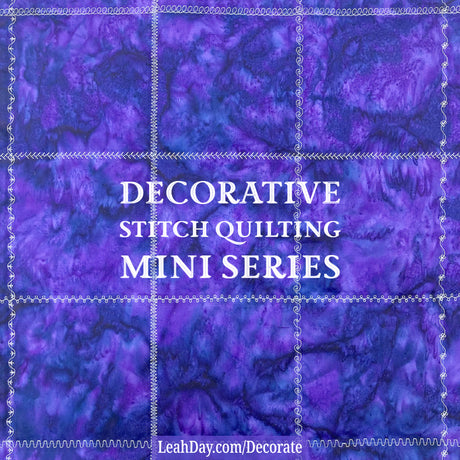
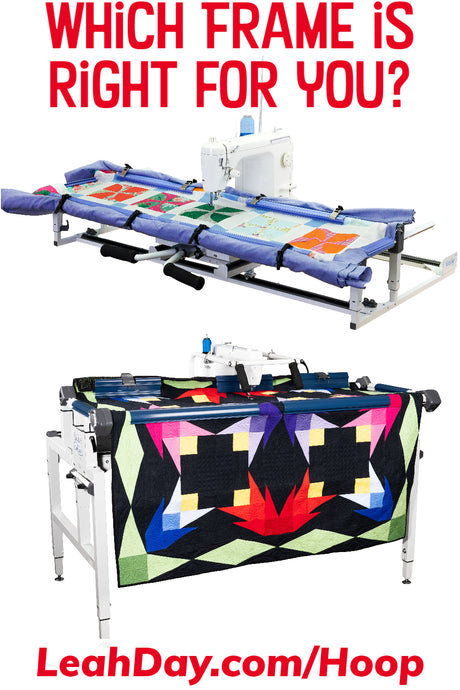
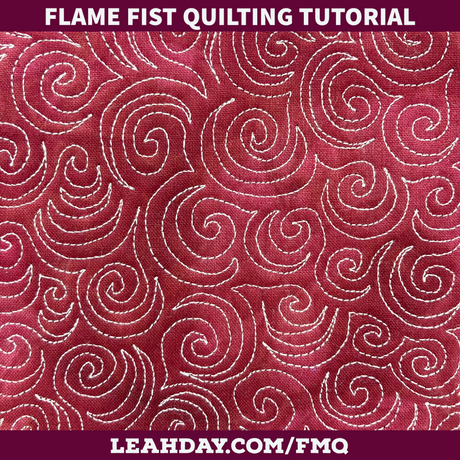

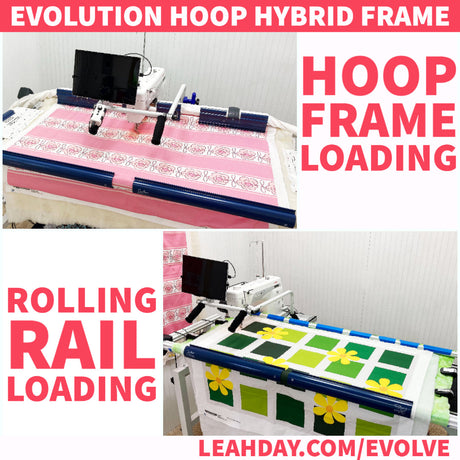
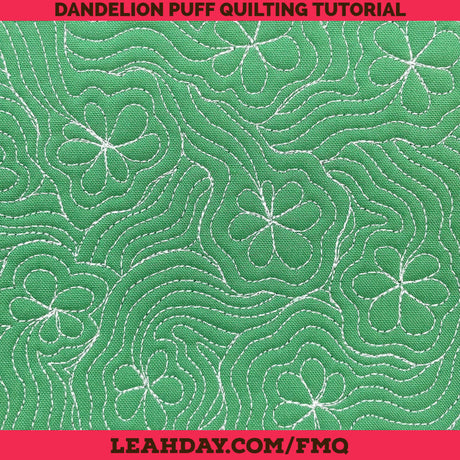
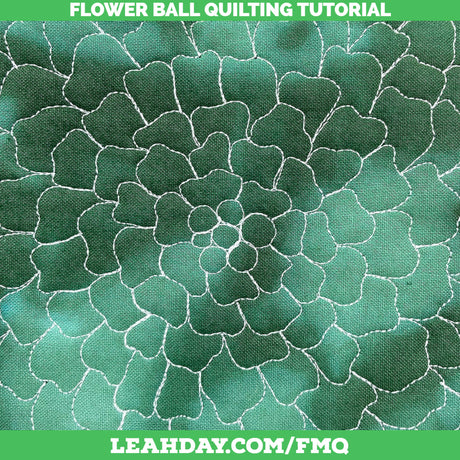
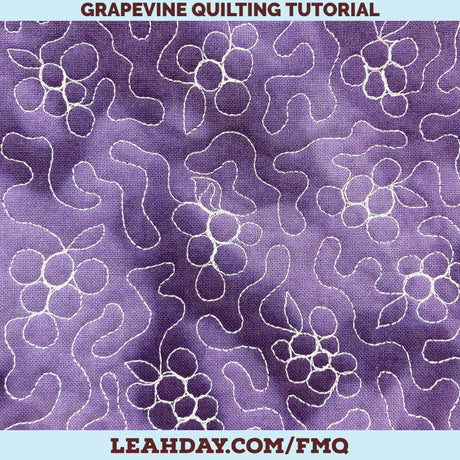
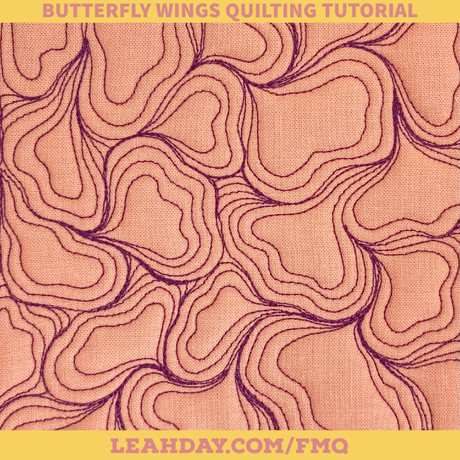
4 comments
Hi Mary – Thank you for your sweet comment and suggestion. Yes, I share a bit on the podcast each week on my business and how over time I’ve tried different things, experimented with traveling, different ways of design, etc, and whatever works, I stick with. Whatever doesn’t work, or doesn’t seem like the best use of my time ends up falling to the wayside.
My very best advice is to focus. I know it’s hard. I know it feels like you are saying “no” to everything, but it is the ONLY way to be successful. When you feel all over the place, trust me, you’re being all over the place. LOL! I often struggle with this myself and have to continually reign in my focus.
I agree things are changing and there are a lot of people quilting, teaching, and designing. But YOU have something unique and fun to share too. Dig in and think about what you are most passionate about teaching and what sets you apart. Then think about how you can best use your skills and abilities to share.
Journaling can really help with this and having very clear goals and expectations as well. Also it will help to be quiet about your aspirations, at least in the beginning. I found in the beginning that almost everyone I told about my business ideas gave me either a lukewarm response or flat out – you’re crazy! Motivation is a delicate thing and make sure to nurture it with people that understand and will root for you, not play Devil’s Advocate.
Hi Leah! Love your pod casts! I really enjoyed this one because I go to quilt shows and marvel at the artistic skills of the entries! Since listening to your pod cast, I understand better.
I would like to know if quilts created on an embroidery machine can be entered in a show. Do they have their own category?
On future pod casts, I would love to hear more or your thoughts on business. How did you determine which direction to go? Like you, I would love to turn this passion into something that brings in some money but I’m all over the place with ideas and can’t decide how to narrow down my niche. I worry that the market is becoming flooded and wonder if I can compete. I do agree, though, that the art of sewing and quilting needs to be revived with the younger generation!
As an aside, your are an excellent business woman. Your videos and books are so clear and precise – as good as, or better than, anyone in the field. Congratulations to you and your husband for making it work!
Blessings!
Hello Leah! Funny this Podcast should come right at this time. I’ve been thinking for a couple of years to enter a quilt into our local Corn Festival Quilt Show which is put on by our local quilt guild. I had in mind that I would enter a scrap quilt made with a pattern from an Ohio Quilter. Not sure if I should mention her name here so I won’t! ha! Anyway it so happened that I went to a class she put on at a Kentucky Quilt Shop and I learned so much from her. I had always struggled with scrap quilts. Why is it that my mom and grandmother could take a bunch of mis-matched fabrics and put them all together and make a beautiful scrap quilt? It’s something I really struggled with but after that class I don’t feel like my quilt top looks half bad. I won’t be able to enter into a show this year because I can’t get it quilted in time to be submitted for judging. (and wouldn’t you know that this year’s “theme” is Scrap Happy!..bummer). And I do want to do my own quilting on it and not send it out to a professional. I will be doing Walking Foot Quilting using your book and some Ruler Work as well. I was disappointed that it won’t happen this year, but life gets in the way. So I’ll take my time and have it ready for next year. My end goal really isn’t a ribbon. I just want a judge to look at it and give me an honest opinion of how I can make my quilts better! Have a great remainder of your summer and those tomatoes look fabulous!
I really enjoy your site. I have done many, many quits, as I began in 2012, and because I am totally “out if the box” I create them fir the person intended. They are mostly centered in yes a panel, often depicting the owrsin’s interest, and from there comes the creation of the whole. Each one is unique unto itself. I have been told to take some fir show, and in hearing what you said about the panels, I am glad I never have. The panels are integral to each persons “story”, the rest of the quilting from there is my “feel”, and inspiration regarding them as an individual. My last 2 were called by inner inspiration, Isaiah 40:31 and Jacib’s Ladder. Each quilt I do has it’s “story” included to both the recipient and the person who asked fir it to be created, and I keep my own copy, as mist often theses go to friends and family.
I sometimes use Accuquilt dies as I have been diagnosed with 4 types of arthritis, but do not use the patterns for what I do with the pieces. I am now 66, and love fiber arts, especially quilting since I started, and I am glad you shared your information about quilting fir show, as now I know mine will never Be submitted. Unfortunatel in many ways, as those that see them often are greatly moved recipient and others, including makes of all ages…. they often say they “read the story within”. That is reward enough. And yes my inspiration is from answered prayer and seeking the Lord’sGuidance in colors, design that will speak to the recipient’s heart and spirit. Starting so late in life has it’s advantages as well, as I am choosing who I get advice from, as I am a free style mud gauge Block Rock It quilter that dies some ruler work, and started with a 9” throat Juki, but within a short time bought the Block Rock It from Kathy Quikts, and frame from The Grace Frame company. I am saving towards a larger throat machine, as with freestyle, the larger the throat the more “out of the box” I can be.
Blessings, Cobi